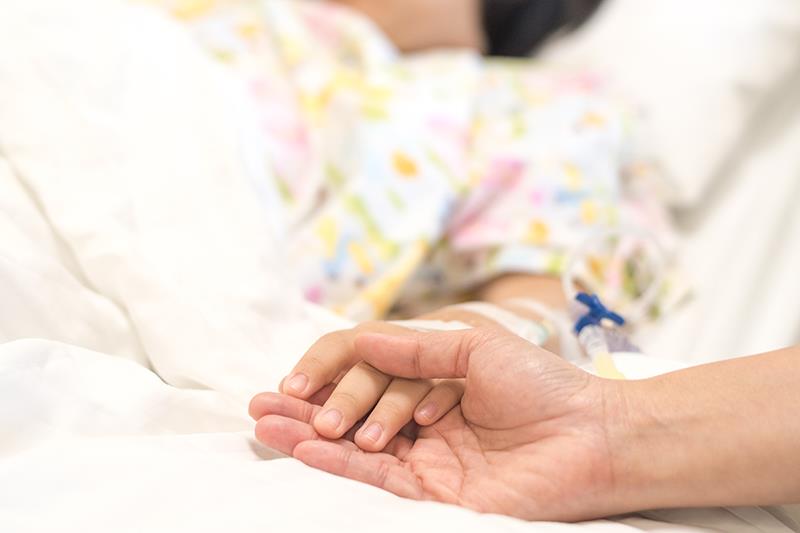Blinatumomab plus chemo improves survival in paediatric B-ALL





Chemotherapy combined with blinatumomab (blin) delivers significant improvements in disease-free survival (DFS) in children with newly diagnosed National Cancer Institute standard risk (SR) B-cell acute lymphoblastic leukaemia (B-ALL), according to the results of the AALL1731 study presented at ASH 2024.
“The addition of blinatumomab represents a breakthrough and is a new treatment standard, with implications for children with newly diagnosed B-ALL,” said lead author Dr Rachel Rau from Seattle Children’s Hospital, University of Washington, Seattle, Washington, US.
In the phase III AALL1731 trial, Rau and colleagues enrolled SR B-ALL patients (median age 4.3 years, 52.6 percent boys, 26 percent Hispanic) and assigned them to risk groups based on tumour genetics, central nervous system status, and multiparameter flow cytometry (mpFC)-defined minimal residual disease (MRD) at induction day 8 in peripheral blood and end of induction (EOI) in bone marrow (BM).
Patients with favourable cytogenetics (SR-favourable) nonrandomly received chemotherapy alone, while those with unfavourable cytogenetics were categorized as SR-high and the rest SR-average. SR-average patients with undetectable EOI BM high-throughput sequencing of immunoglobulin loci MRD received standard-intensity chemotherapy alone (arm A), while the others were randomized to arm A or standard-intensity chemotherapy plus 2 cycles of blin (arm B).
After induction, SR-high patients received augmented BFM-based chemotherapy, while those with end consolidation BM mpFC MRD <0.1 percent were randomly allocated to chemotherapy (arm C) or chemotherapy plus 2 cycles of blin (arm D).
Survival benefits
A total of 2,245 SR-average/-high patients were included, of whom 1,440 (63 percent) were randomly assigned to treatments, with a median follow-up of 2.5 years. Of the randomized patients, 722 were in the control arms A (n=304) and C (n=304) and 718 in the blin arms B (n=417) and D (n=301).
Intent-to-treat analyses revealed significantly better 3-year DFS in the blin-treated patients than controls (96.0 percent vs 87.9 percent. [ASH 2024, abstract 5]
In stratified log-rank test, the addition of blin led to a significant improvement in DFS (hazard ratio [HR], 0.39, 95 percent confidence interval [CI], 0.24‒0.64; p<0.0001), which exceeded prespecified interim efficacy stopping criteria and drove the recommendation of early termination of randomization.
Among SR-average patients, the 3-year DFS was 97.5 percent for arm B (blin) versus 90.2 percent for arm A (control; HR, 0.33, 95 percent CI, 0.15‒0.69). In SR-high patients, the 3-year DFS was 94.1 percent for arm D (blin) relative to 84.8 percent for arm C (control; HR, 0.45, 95 percent CI, 0.24‒0.85).
Of note, six deaths occurred while in remission, all of which were SR-high patients (two in arm C and four in arm D), and none during blin cycles. Fifty-six relapses occurred in the control arms and 19 in the blin arms. The study drug was well tolerated.
“This … trial definitively establishes that adding blinatumomab to chemotherapy significantly improves DFS in newly diagnosed childhood SR B-ALL, both of average and higher risk, resulting in outcomes similar to those previously achieved in only the most favourable risk subsets,” Rau said.